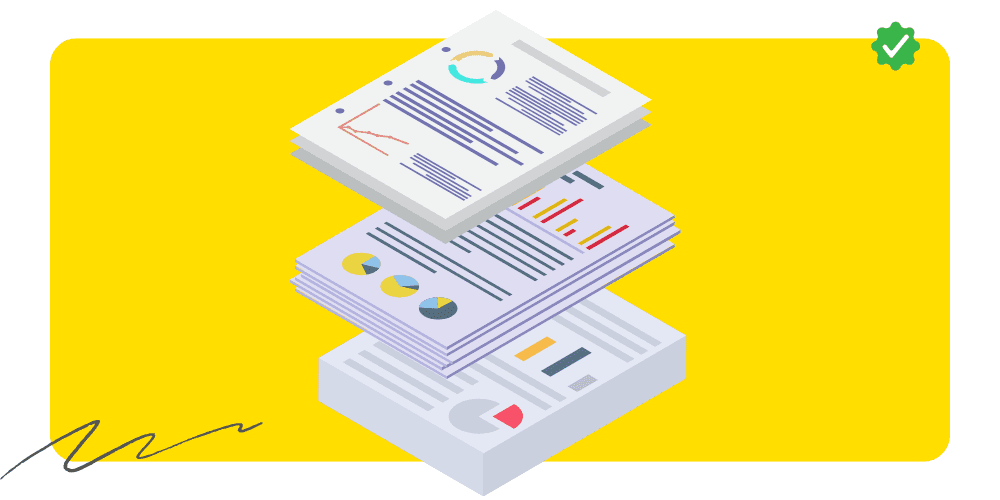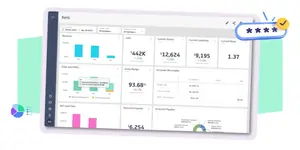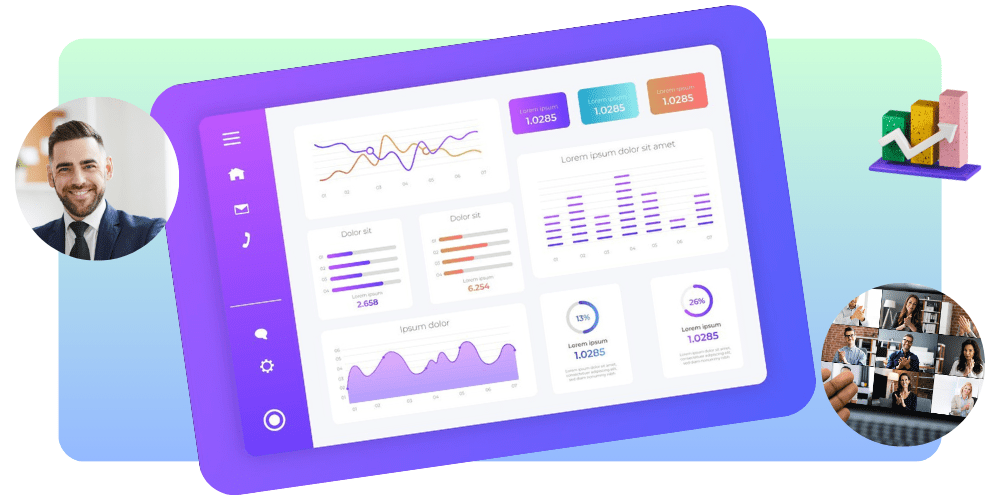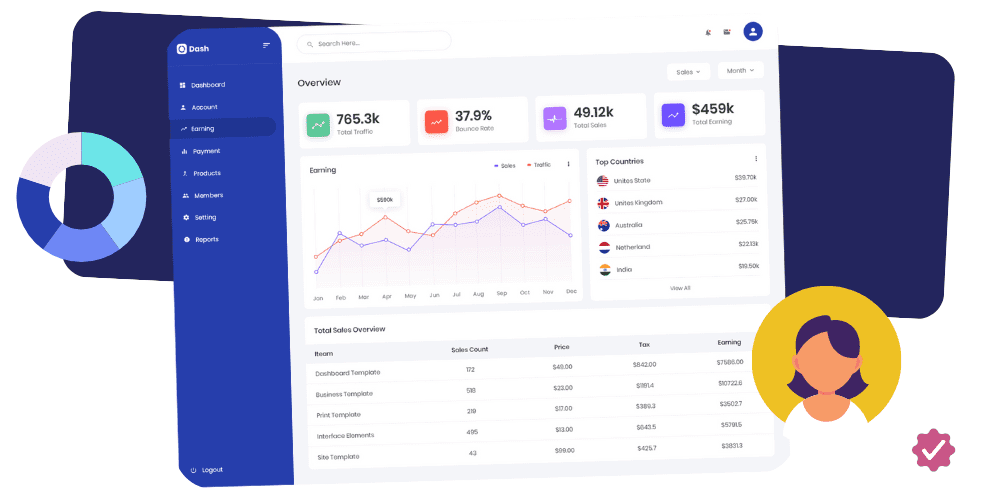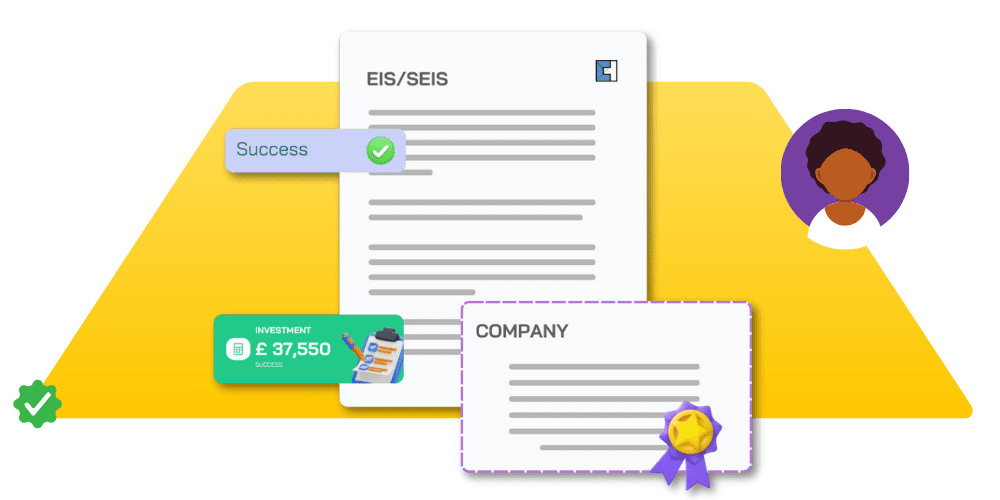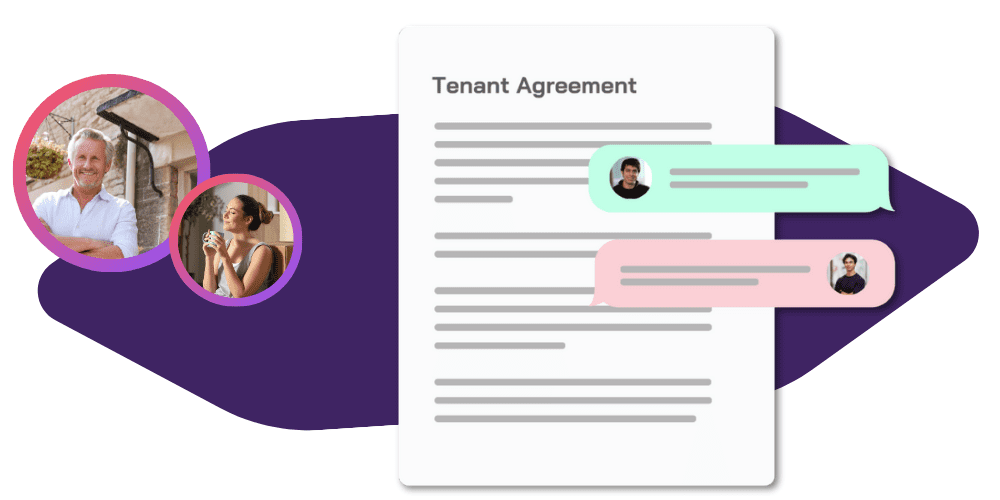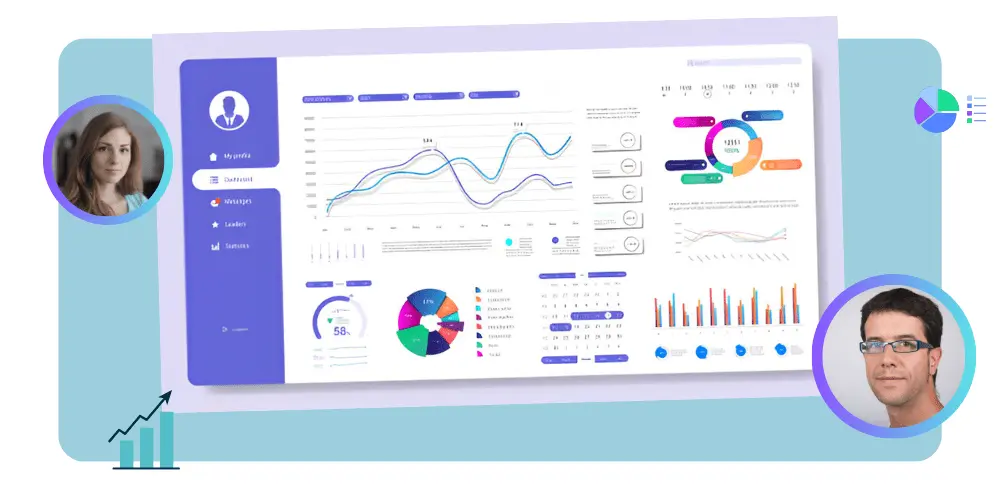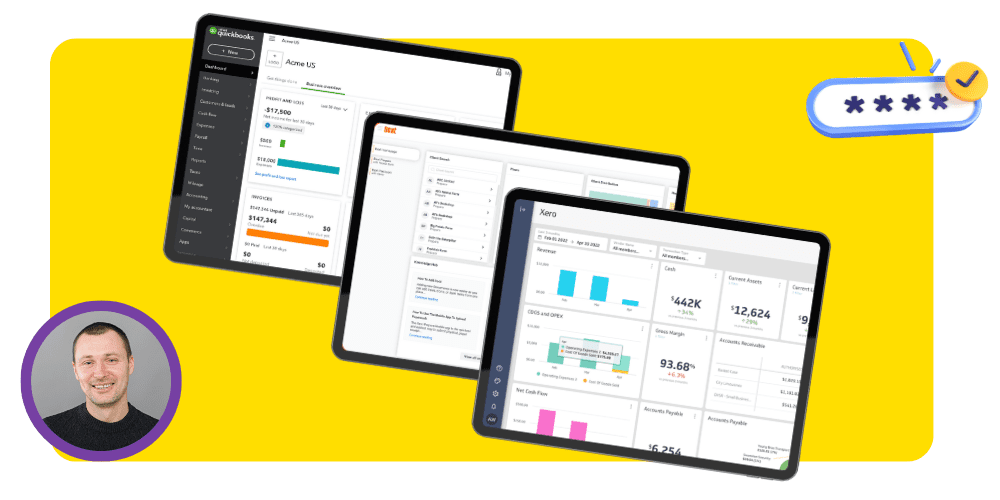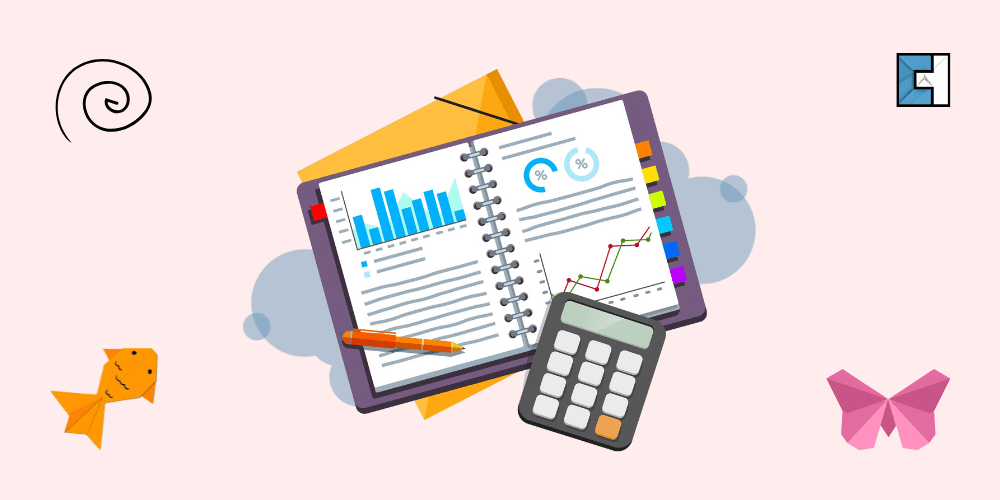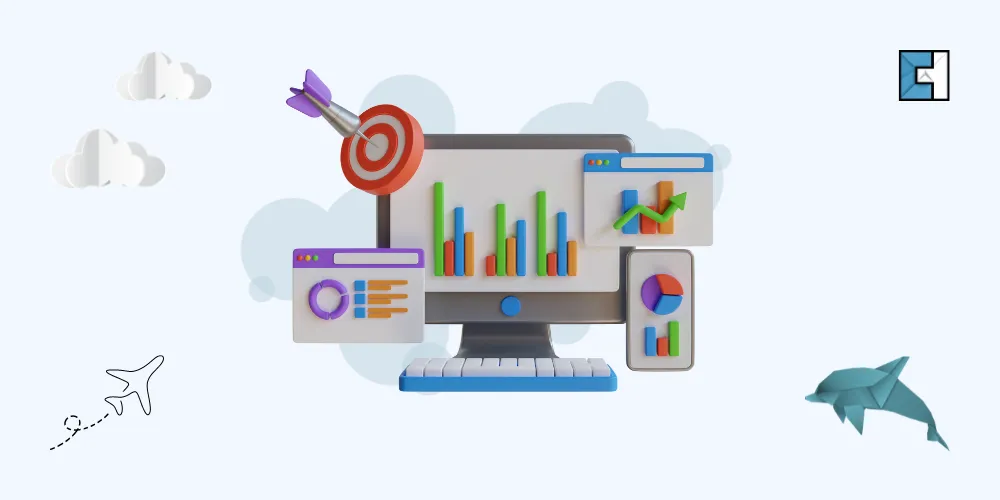Key Accounting and Tax Terms Explained To Help You Run Your Business Effectively.
Startup owners usually lack sufficient funds to hire a financial expert in the initial stages of their business cycle. Having access to a strong foundation can be extremely useful when faced with complicated business and tax decisions. Our in-house accountants have curated this guide to help you understand the accounting and tax terms you should know to run your business effectively.
Managing the finances of a startup can become very confusing. It’s advisable to speak to an accountant or a competitive startup accountant if you are just starting up and would prefer some hand-holding.
- You can also outsource your bookkeeping and accounting function to let you focus on what actually matters, growing your business. Read more about how outsourcing can help you grow your business.

We will be discussing all the essential accounting terminologies that you should know about below:
Accounting Cycle
The accounting cycle is the step-by-step process used to identify, analyse, and record the financial and accounting activities within the business. It is a standard 8-step process, starting with the transaction being committed and ending with the transaction being included in the final statements.
Accrued Expense
Accounting record for an expense that has been incurred for providing a service, but an invoice has yet to be received, or no payment has yet been made.
Accounts Receivable
Accounts receivable is the account that lists the amounts owed to you by your customers that you have yet to receive.
Accounts Payable
Accounts Payable is the account that lists all the expenses your company has incurred for buying goods and services from suppliers for which payment is yet to be made.
Accounting Period
The accounting period is a specified period during which businesses or their accountants prepare financial reports for all transactions incurred, in accordance with the matching principle, during that period.
Assets
An item or resource that has economic value to provide future benefit and is owned by the company. Assets can also help generate income; for instance, property that generates rental income or stock that can be sold to generate revenue. Assets have to be recorded and managed in different ways, so it’s always good to contact a specialist on this issue.
Articles of Association
A detailed document that lays out the information on the company’s management, the appointed directors, and how the financial records will be kept and maintained.
In the case of a limited liability partnership for business, it sets out every shareholder’s rights and percentage of ownership over the company.
Liabilities
The amount of money or debts owed by the company is its liabilities.
Audit
An audit is a systematic and independent procedure of examining the financial books of an entity to ensure the accuracy and validity of every transaction recorded in the financial statements. Auditors are regulated and provide their reports to the stakeholders they have been appointed to report to. You can check here if your company is exempt from audit or not.
Bad Debt
The debt owed to the business is such that it is unable to recover. Bad debts are normally written off.
Balance Sheet
A financial sheet that represents the financial position of a company in terms of its assets, liabilities and equities at a certain point in time.
The equation mentioned below is the foundation of a typical balance sheet.
“Assets = Liabilities + Equity”
Capital
The capital for a business refers to the cash funds and bank assets used to undertake its day-to-day operations and facilitate its future expansion.
Cash Flow Projections
Cash flow projection is a statement that shows cash expected to flow into the business as revenues or out of the company as expenses for a particular accounting period in the future.
Charts of Account
Charts of Accounts is a tool to index financial accounts into a company’s general ledger. It breaks down a company’s complex financial transactions conducted over a specific accounting period into straightforward categories.

Closing Balance
The closing balance for a business refers to the amount of funds available to a company after the reporting period has ended.
Capital Expenditure
Capital expenditures of a company are the costs incurred for buying and maintaining fixed assets like property, land or machinery.
Corporation Tax
A tax levied on the company’s taxable profit for a particular accounting period is payable to HMRC. Understand corporation tax in detail, or hire an accountant to help you process your tax to save time and money.
Cost of Goods Sold
The cost incurred in the production of goods that are sold, for instance, labour wages and material costs.
Credit Note
Also known as a credit memo, a credit note is a letter issued to the customer by the supplier or vendor. The credit note is used to notify the client about the amount credited, either because of incorrect invoicing or the provision of low-quality goods.
Current Asset
Current assets are those assets that can be converted to cash and used in business operations at short notice. Examples are cash, accounts receivable, and inventory.
Debit
Debit, listed on the left side of the account column, is an accounting entry that either results in an increase in an asset or a decrease in liabilities in a company’s balance sheet, or an increase in expenditure on the profit or loss.
Deductibles
In terms of taxation, there are a few special circumstances with job-related expenses where you can claim tax relief for the cost incurred. These are called tax deductibles.
Depreciation
Depreciation is the loss in the value of assets over time due to wear and tear resulting from using the assets for business purposes.
Dividend
The dividend is the income that is paid out proportionally to the shareholders out of the company’s profits according to the shareholders’ percentage of ownership.
- Learn more about how dividends are taxed.
Drawings
In terms of accounting, any money that has been taken out from the business accounts by the business owner for personal use is considered to be drawings.
Entity
The entity is an organisation that exists independently of its members and has its own goals and objectives to meet.
Equity
Equity is the ownership of an asset that declares the percentage of ownership of a shareholder in the company. It is also the amount a shareholder would return if all of the company’s assets are liquidated, with all of the debts paid back.
Expense
An expense is the outflow of money that results from the cost incurred to meet daily business requirements to generate revenues or run the business.
Financial Forecast
A financial forecast is to predict future financial circumstances for the business based on an analysis of the company’s past and present data.
Related: Cash flow projections are the result of cash flow forecasting, which is very important for business success.
Financial Statements
Financial Statements are written records of a company’s financial activities and its performance.
Gross Profit Margin
Gross profit margin is a measure used to evaluate a company’s financial health by showing the amount of revenue left after deducting the cost of goods sold in an accounting period. This margin tells how profitably a product is being produced.
Intangible Fixed Asset
Intangible assets do not have any physical existence and are used by the company for long-term benefits, say for customer retention. Examples of Intangible fixed assets include goodwill, intellectual property and copyrights.
Inventory
Inventory is a stock of items held and stored by the company for sales or business operations.
Limited Liability Company
A company where the owners are legally responsible for the firm’s debt or losses only to the extent of the capital that they invest in the business to get on board. There are ways to issue shares effectively for an LTD.
Setting up the finance function of a limited liability company is a complicated process. Speak to an accountant or a startup accountant to help you set up an effective financial infrastructure for your company.

Liquidity
The degree to which the company’s assets can be easily and quickly converted into cash (by buying or selling) represents the company’s liquidity, which is also key when looking at loan covenants or gearing.
Memorandum (For a Company)
A company memorandum is a public legal document prepared during the formation of a limited liability company. It sets out the main goals and objectives of the firm and defines the shareholders’ relationship with the company.
Netbook Value
The value of an asset recorded by the company in its accounting records after factoring in accumulated depreciation and any amortisation of that asset.
Net Profit
The amount of money left is the profit the company earns after deduction of all operating expenses, interests, dividends and taxes from the total revenues.
“Net profit = Total revenue -Total expenses”
Net Assets
Also referred to as equity, a net asset is the amount of retained earnings or profits generated by the company after paying out all its liabilities.
“Net assets= Assets-Liabilities”
Opening Balance
Opening balance refers to the balance of funds available to the businesses at the beginning of the reporting period.
Ordinary Shares
The shares entitle the owners to their fundamental voting rights in the company and yield them a dividend income after the payment of dividends to preferred shareholders.
- Read all about shares and share structures if you are thinking about starting a new company.
Partnership
A business partnership is a formal agreement between two or more parties or individuals to start and manage a business as co-owners. A business partnership also demands that each partner share an agreed and fair percentage of profits. Learn Everything about running a partnership.
Profit and Loss Account
A financial statement is a complete presentation of the company’s revenues, expenses and profits for a particular accounting period. Also known as the income statement, preparing a profit and loss account is essential to determine whether the company is enjoying net profits or suffering from net losses.
Reconciliation
The process of reconciliation refers to the comparison between two or more accounting records to ensure that the corresponding amounts are recorded correctly in position and numbers while confirming the accuracy and consistency of the records in the general ledger.
Retained Earnings
The profit remains in the company’s account after paying out dividends to every shareholder on the board. Retained earnings can either be positive (net profit) or negative (net losses). It also shows the amount of profit the company has earned to date.
“Retained earnings (beginning) + Profits/losses – Dividends = Retained earnings (ending)”
Return on Investment
As the name suggests, return on investment is a performance metric that explains the performance of an investment by analysing the return you have received on said investment.
Share Certificate
A legal document that certifies the shareholder’s ownership of the shares of a company is a share certificate.
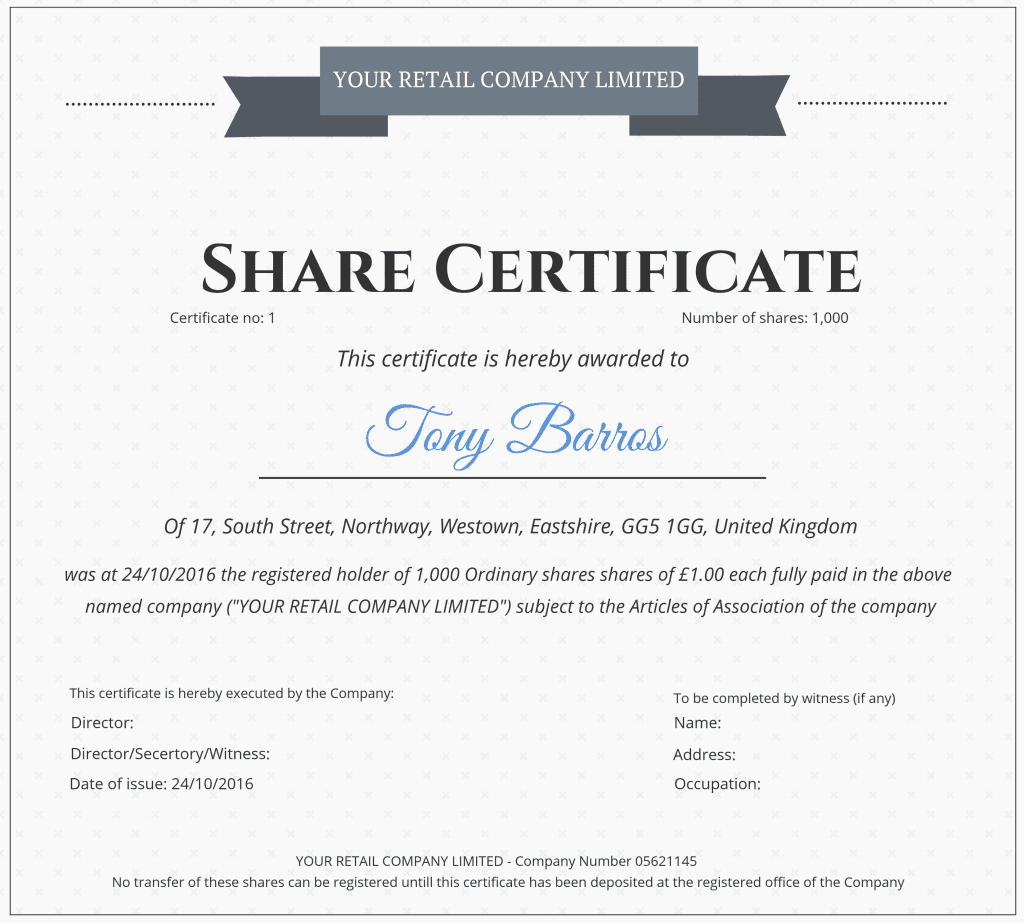
Sole Trader
Also known as a sole proprietorship, a sole trader is a type of business that is managed and run solely by a single individual and is not separate from the business owner.
Operating a business as a sole trader is very challenging and will be fruitful taxwise only in certain circumstances, our in-house tax accountants have been trained to help make you make the right decision in choosing a sole-trader or LTD structure.
Tangible Fixed Assets
Unlike intangible fixed assets, tangible fixed assets have a real physical presence and are utilised for running daily business activities and meeting long-term goals and objectives, such as cars, machinery, equipment, etc.
Turnover
The turnover of a company represents the volume of sales and revenues it generates by running its operations.
Clear House Accountants is an expert accounting firm in London providing tailored financial services to multiple businesses regardless of their size. Our in-house accountants help our clients expand and grow through our bespoke services, which are designed around our clients’ problems and pain points. businesses using smart solutions and state-of-the-art tools. Speak to us to learn more.










